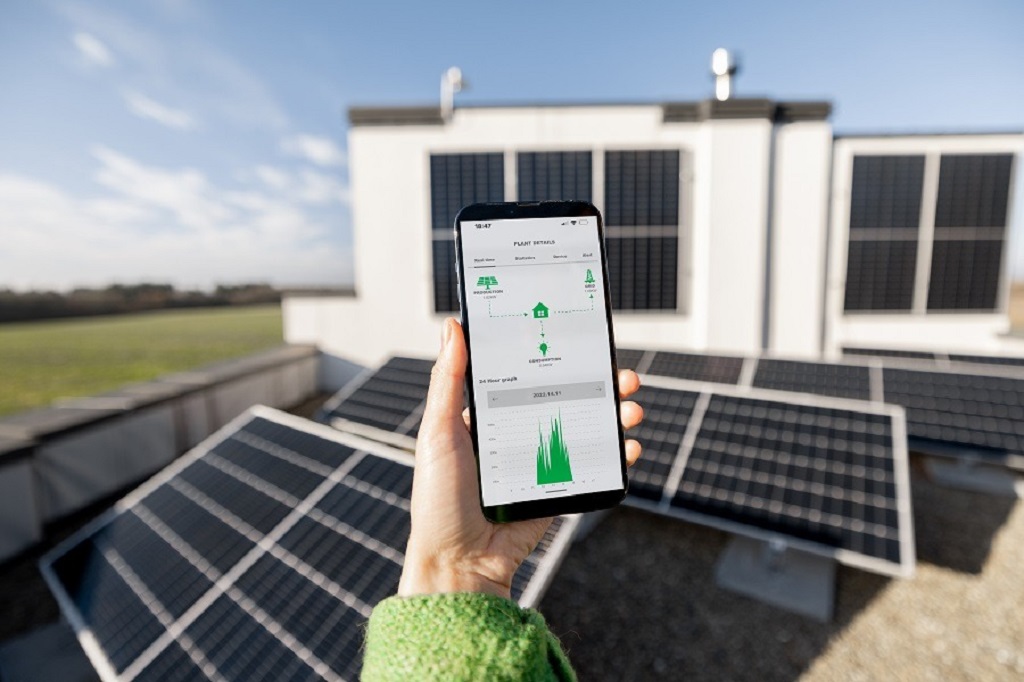In today’s world, where climate change and environmental concerns are at the forefront, homeowners are increasingly seeking ways to reduce their carbon footprint and live more sustainably. But what if those eco-conscious choices could also increase the value of your home? It turns out that sustainable home features are becoming a major selling point in the real estate market, attracting buyers willing to pay a premium for environmentally friendly living.
The Growing Demand for Green Homes
The shift towards sustainable living is not just a trend; it’s a cultural shift driven by a growing awareness of environmental issues and a desire to save money on energy costs. Homebuyers are increasingly prioritizing features that reduce their impact on the planet and their wallets. This increased demand for green homes has a direct impact on their market value.
Studies have shown that homes with sustainable features sell for higher prices and spend less time on the market compared to traditional homes. A 2023 study by the National Association of Realtors found that 65% of buyers were interested in sustainability to some degree, with 19% stating that energy efficiency was “very important” to them. This indicates a strong and growing market for eco-friendly homes.
What Makes a Home Sustainable?
Sustainability in a home encompasses various aspects, from energy efficiency to water conservation and the use of eco-friendly materials. Here are some key features that contribute to a home’s sustainability:
- Energy Efficiency: This is often the first thing that comes to mind when we think of sustainable homes. Energy-efficient appliances, insulation, windows, and lighting can significantly reduce energy consumption, leading to lower utility bills and a smaller carbon footprint.
- Renewable Energy: Solar panels are becoming increasingly popular as a way to generate clean energy and reduce reliance on fossil fuels. Homes with solar panels are highly desirable in the market, as they offer potential cost savings and energy independence.
- Water Conservation: Features like low-flow toilets, water-efficient showerheads, and drought-resistant landscaping can significantly reduce water usage, which is becoming increasingly important in areas facing water scarcity.
- Sustainable Materials: Using eco-friendly and recycled materials in construction and renovation is another way to enhance a home’s sustainability. This includes materials like bamboo flooring, recycled countertops, and non-toxic paints.
- Indoor Environmental Quality: Good ventilation, natural lighting, and the use of non-toxic materials contribute to a healthy indoor environment, which is a major consideration for many buyers.
How Sustainable Features Increase Home Value
The reasons behind the increased value of sustainable homes are multifaceted:
- Lower Operating Costs: Energy-efficient appliances and systems lead to lower utility bills, which is a major selling point for buyers. The potential for long-term savings is a significant financial incentive.
- Environmental Responsibility: Buyers are increasingly drawn to homes that align with their values. Owning a sustainable home allows them to contribute to a healthier planet and reduce their environmental impact.
- Increased Comfort and Health: Sustainable homes often feature better insulation, ventilation, and natural lighting, which can create a more comfortable and healthy living environment.
- Future-Proofing: As energy costs continue to rise and environmental regulations become stricter, sustainable homes are seen as a smart investment that will hold its value over time.
- Market Demand: The simple fact that more buyers are seeking sustainable homes drives up their value. In a competitive market, eco-friendly features can give a home a significant edge.
Making Your Home More Sustainable
If you’re considering selling your home or simply want to make it more eco-friendly, there are many ways to enhance its sustainability:
- Upgrade Appliances: Replace old appliances with energy-efficient models. Look for the Energy Star label, which indicates that a product meets certain energy-saving standards.
- Improve Insulation: Proper insulation can significantly reduce energy loss and lower heating and cooling costs. Consider adding insulation to your attic, walls, and floors.
- Install Energy-Efficient Windows: Windows are a major source of heat loss. Replacing old windows with double- or triple-paned windows can make a big difference in your energy bills.
- Upgrade Lighting: Switch to LED lighting, which uses significantly less energy than traditional incandescent bulbs.
- Install a Programmable Thermostat: A programmable thermostat allows you to optimize heating and cooling settings based on your schedule, saving energy and money.
- Consider Solar Panels: While the initial investment can be significant, solar panels can significantly reduce your energy bills and increase your home’s value.
- Conserve Water: Install low-flow toilets and showerheads, and consider xeriscaping your yard with drought-resistant plants.
- Use Eco-Friendly Materials: When renovating, choose sustainable materials like bamboo flooring, recycled countertops, and non-toxic paints.
The Bottom Line
Investing in home sustainability is not just good for the planet; it’s also good for your wallet.
As the demand for eco-friendly homes continues to grow, sustainable features are becoming a key factor in determining a home’s value. By making your home more sustainable, you can not only reduce your environmental impact but also increase its appeal to potential buyers, ultimately boosting its market value.





Leave a Reply